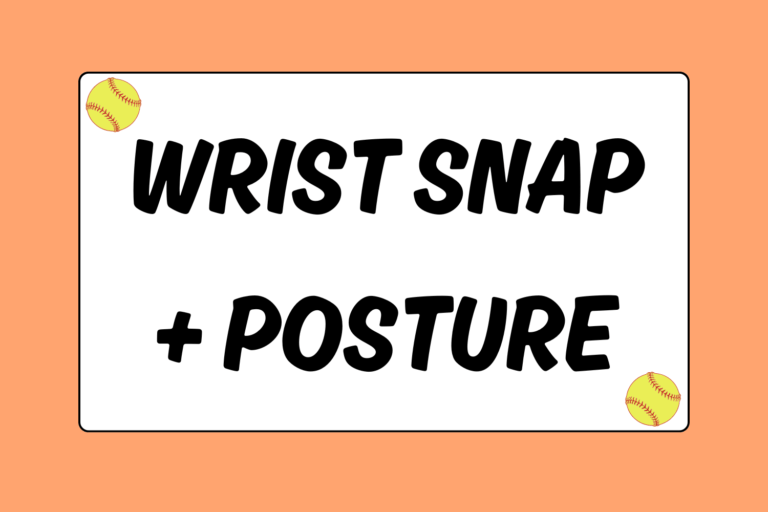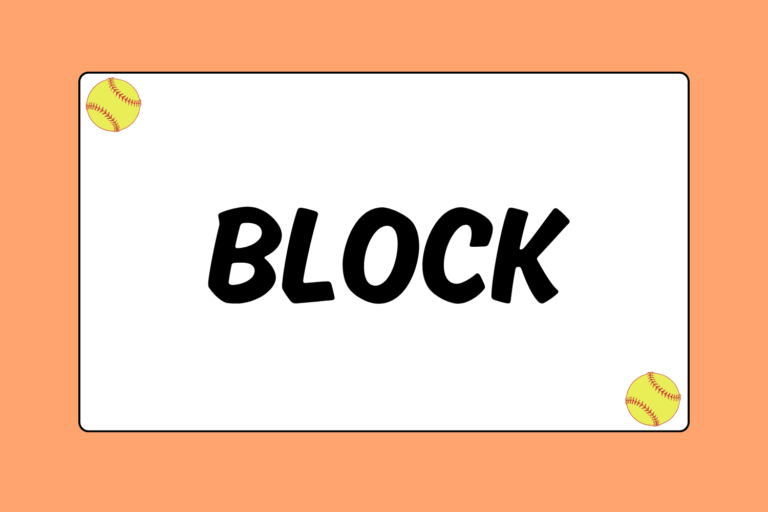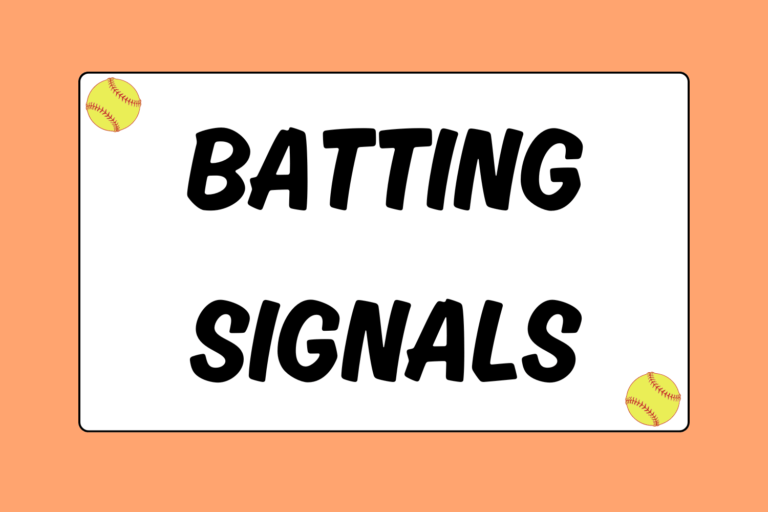The squeeze is a go-to play that any team might employ when it wants to tie up a game or take the lead.
There are several aspects of this play. On offense, the opposing batter will square around to bunt in the box, and the runner on third will be barreling down the line.
On defense, your infield needs to know what to do and where to cover. Read on to learn the proper defense against a squeeze play.
Pitcher
Of all players, the pitcher most needs to expect a squeeze. Know the situation: The outs, the runners on base, and the score. If you are suspecting a bunt, there are a few things to keep in mind. The first is to not throw a wild pitch. The worst thing you can do is give away a free run.
Although it must be catchable, you want to throw a pitch that’s difficult for the batter to bunt. Throw a curve or screw (depending on whether the batter is left- or right-handed), or riseball. You want to make the batter pop the bunt up for an easy double play (with a riseball), or you want the batter to bunt the ball foul (with a screwball or curveball).
If you accidentally throw a wild pitch that your catcher can’t handle, sprint to cover home. It’s now your responsibility to catch the throw from the catcher and tag the runner out.
Lastly, only field the bunt if it’s directly at you. Be an active defensive player and crash hard after your release. If anyone wants to get the out, it should be you! Just remember that the corner infielders have priority, so if they have a better angle, let one of them field it.
“It’s a game of making great pitches at the right time.”
Mike Candrea
Former USA & Stanford Softball Head Coach
The Corners
The first and third basemen need to remember two things in order to execute a defensive squeeze play: Crash hard and keep the throw low. Keeping this in mind, here are a few key aspects of squeeze defense that the corners need to perform in order to get that out at the plate.
Crash Hard & Run through the Ball
First, play up so that you’re at least aligned with the pitcher, and don’t ever wait back on your heels. Crash hard towards any bunt. You’ll likely field the ball while moving and release on the go. If the bunt is slow, don’t even bother fielding it normally in your glove. Field it one of the following ways:
- You can crash and pick the ball up outside of your glove-side foot, then stay low and make the throw.
- Or, you can scoop it up between your hand and the outside of your pocket (this allows an almost instantaneous release).
If it’s a hard bunt (shame on them!) move your feet a bit slower while crashing to set yourself for a perfect throw. No errors should be made when you have enough time to set up.
The Throw
It’s extremely important that your throw is on target — if you miss, your error can lead to a run and a loss. Remember to keep your throws low. If your catcher has to jump to catch it, she will have to take her eyes off the runner and put herself in danger. Protect her by throwing it low. There are two types of throws that will generally be used in a squeeze.
- The first is an underhand toss: This is probably the easiest throw for the catcher to handle. When you crash towards the bunt and see the runner out of the corner of your eye sprinting down the line, you cannot panic. Relax. You’ve got this.
- As you field the ball on the run, lower your body by bending your knees and folding at the waist. Stay low.
- Pick up the ball, make a strong underhand toss to your catcher, and finish by continuing to run towards your target.
- Make sure to snap your wrist — this will ensure that your throw is on target.
- And of course, don’t barrel over your catcher!
- The second type of throw is a low, side-armed throw: Only do this if you’re comfortable throwing side-armed. You won’t really run through the ball if you are going to release a side-armed throw.
- Crash towards the ball, scoop it up, and take a small step towards home plate with your glove-side foot so that the inside of your foot is facing your target.
- Step through with your back leg, and keep your upper body low. Then release the ball.
Where’s the best place to throw? Low! Low means only a few inches off the ground (where the catcher should be setting up her glove), so that the catcher can catch and tag simultaneously.
Lastly, if you didn’t field the ball, run to back up the catcher. You can prevent runners from advancing on a wild throw.
The Catcher
The all-star of the play, the catcher has three important jobs. The first is to catch the pitch (if the batter doesn’t bunt it). The second is to catch the incoming throw from defense. And the third is to block and tag the runner at the plate.
Catch the Pitch
Know your pitcher’s strengths and weaknesses. Do not call one of her weaker pitches if you are expecting a squeeze. If your coach calls a weaker pitch, shake him off or call timeout and discuss it with him and the pitcher.
You have to block everything; your team cannot afford to allow a passed ball on a squeeze play. If you need to drop to your knees, do so. If you need to get hit in the chest, well, that’s what the chest protector is for!
If the pitch is so off-target that you and the bunter both miss it, hustle to get the ball and make a quick and accurate toss to the pitcher — she should be covering home and expecting the ball.
“What I love about the game is that the game doesn’t know who is supposed to win.”
Sue Enquist
Former UCLA Softball Head Coach
Catch Incoming Throws
It all comes down to what happens at the plate: Can your defense’s throw and your catch connect in time to tag the runner? First, you need to know how to set up for the throw:
- Stand and straddle the plate between your feet. You want to be aligned so that your feet are pointed towards third base.
- Bend both knees so your body gets low. Turn your chest to face your thrower.
- Place your glove for a low target, no more than one foot off the ground (so your body really needs to be low). Be prepared for the runner to slide in.
- Make the catch and use two hands to tag the runner, catch and sweep. You can either drop your glove-side knee on the ground or stay standing — it’s your choice.
Be aware that you are not allowed to block the plate before you have possession of the ball — this is obstruction, and doing it will give your opponent a free run.You also need to know what to expect at the plate. A runner might use a regular slide, in which case you can just catch and sweep on a tag.
A good runner will know how to hook slide and get past you by brushing her hand across the corner of the plate while she slides around you. Be prepared to sweep the tag behind you, towards the outside corner of the plate.
In some unfortunate situations, the runner will try to knock you over. Don’t let her. Get possession of the ball, and block the plate with your body. Make sure she gets tagged out if she decides to barrel into a player who is wearing full catcher’s gear!
Stop Their Momentum
A squeeze play will give a team momentum, whether it’s on offense or defense. Don’t let the other team rally and take away your team’s confidence. If the ball is popped up, dive for it — everyone must go all-out to get the out — and then get up and look for the double play at third base. No matter the situation, the squeeze play is stoppable. Keep these tips in mind, and no team will be able to squeeze a run past you!





